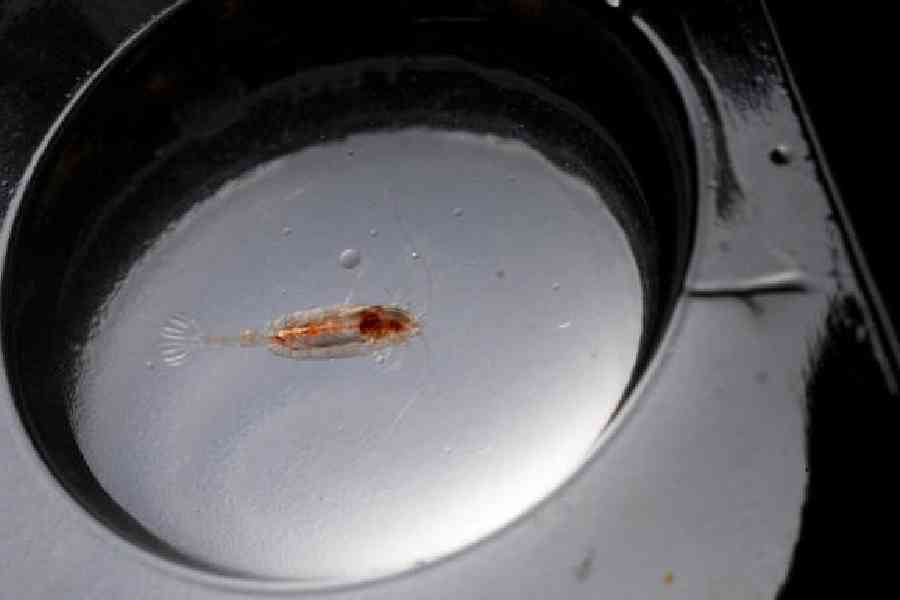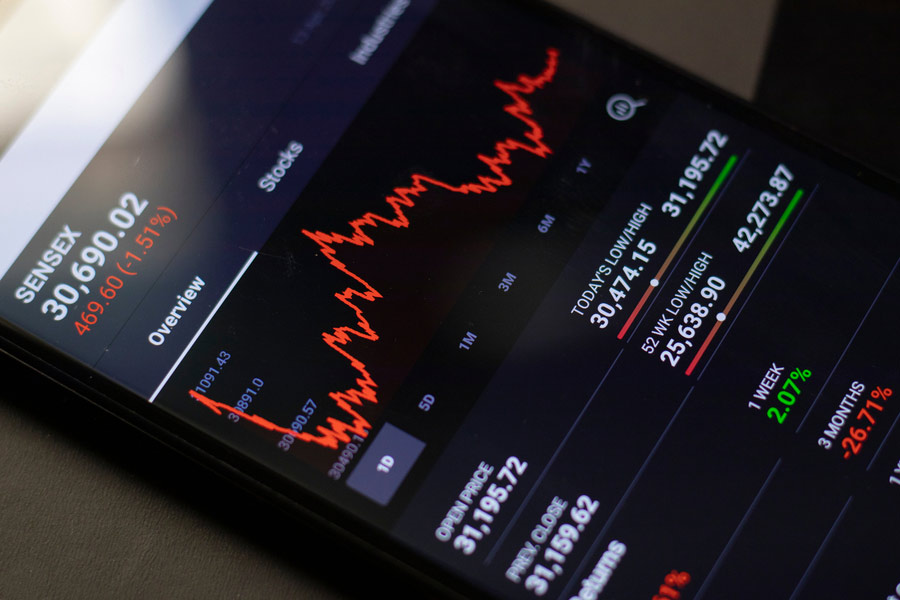Humans are living in a plankton world. These minuscule organisms are spread across the oceans and are among the most abundant forms of life on Earth.
But a warming world is throwing plankton into disarray and threatening the entire marine food chain that is built on them.
A year ago, Nasa launched a satellite that provided the most detailed view yet of the diversity and distribution of phytoplankton. Its insights should help scientists understand the changing dynamics of life in the ocean.
Historically, research from ships has captured limited snapshots in time, offering only glimpses of the ever-changing oceans. The advent of satellites gave a fuller picture, but one still limited, like looking through glasses with a green filter.
The PACE satellite removes the filter and finally reveals the colours of all the flowers in the garden, explained Ivona Cetinic, a Nasa oceanographer. These flowers are phytoplankton, tiny aquatic algae and bacteria that photosynthesise to live directly off energy from the sun. They are eaten by zooplankton, the smallest animals of the ocean, which, in turn, feed fish and larger creatures.
While satellites help some oceanographers zoom out to get the biggest possible picture, other researchers are zooming in, collecting plankton from the ocean and studying them. They are looking beneath the surface where satellites can’t see.
Across the North Atlantic in winter, the ocean’s garden conceals a curious phenomenon. Stretching from the US and Canada all the way to Europe, quadrillions of tiny creatures are asleep, suspended in the ocean’s twilight zone. They are Calanus finmarchicus, a type of zooplankton, animals that drift in the ocean’s currents and tides.
In the North Atlantic, Calanus funnels energy from the sun and phytoplankton into larger animals like fish, whales and birds.
Calanus hibernates through winter, hiding from predators in the dim light of deeper waters. In November in the Gulf of Maine in the US, as the days shortened, the temperature dropped, and the winds and waves rose, David Fields, a zooplankton ecologist at the Bigelow Laboratory for Ocean Sciences, US, was out hunting these tiny creatures.
Back at the lab, after dark, scientists peered at captured Calanus finmarchicus under a microscope. The specimens had big oil sacs, full of the calorie-rich lipids that fish and right whales seek out. In experimental studies, Fields and his colleagues have found that as the temperature rises, Calanus get smaller and have less fat.
Fields calls the layer of sleeping Calanus the ocean’s fat layer, a valuable resource for other life forms. “That’s why the Gulf of Maine runs the way it does,” he said.
One of the people on the November plankton hunting trip in Maine was Amy Wyeth, a zooplankton ecologist starting a new plankton sampling and habitat monitoring programme for the Maine Department of Marine Resources. The goal, she said, is to eventually give the state “a little more predictive power”, to forecast the movements of right whales.
North Atlantic right whales are an endangered species, with only about 370 individuals left. They eat Calanus finmarchicus, sometimes consuming hundreds of millions of the tiny creatures every day.
The Gulf of Maine is historically a rich summer feeding ground for right whales. But in 2010, a marine heat wave began forming in this normally cold ecosystem. Then, in 2012, the area around it experienced unusually warm air temperatures as well.
Suddenly, there were fewer adult Calanus around in the late summer and fall.
Ever since, right whales have been swimming farther north in search of more and fatter Calanus. They’ve gone to the Gulf of Saint Lawrence, US, where busy commercial fisheries and large high-speed ships weren’t ready for them. Many whales were struck by ships or entangled in fishing gear.
“One can make the link between relentless CO2 increase and what’s happening to the right whales. And what’s happening to Calanus,” said Jeffrey Runge, a zooplankton ecologist. “It’s one of these really complex mechanisms of how warming is affecting the ecosystems of the world.”
NYTNS










